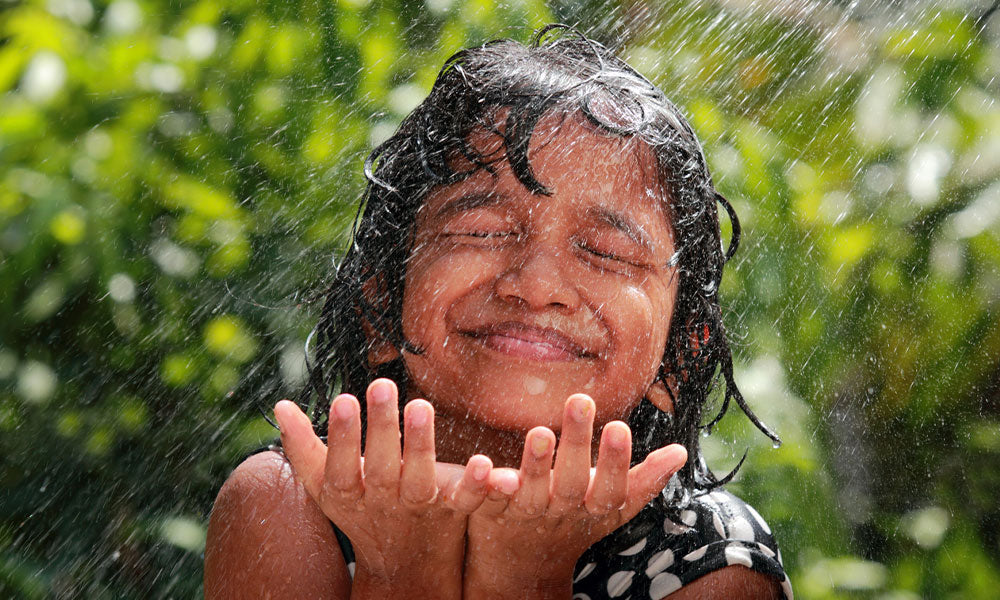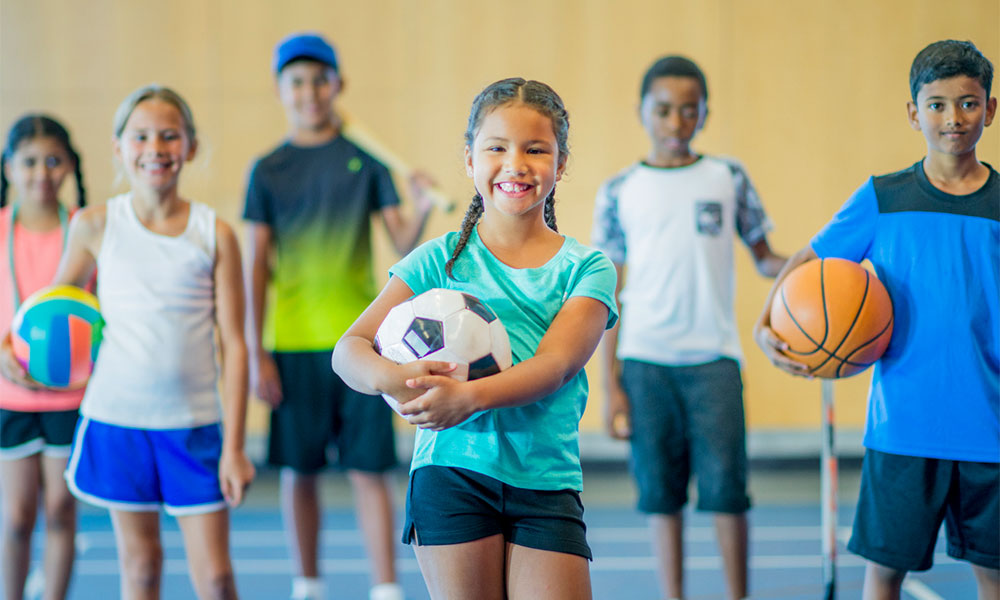Adults must educate their children about the environment to help future generations. How can kids learn about water preservation and conservation to aid their understanding? Easy exercises and real-world applications go a long way. Here’s a guide for parents to teach their kids how to save water and protect the planet you call home.
Put It in Perspective
First, teach kids how much of the planet’s water is consumable. NASA says Earth has 370 quintillion gallons of water in the rivers, lakes and other bodies of water. About 96.5% of this natural resource is in the ocean, leaving only 3.5% for human use. Put this number in perspective and make it easy for your children to understand.
Fill a measuring cup with 100ml of water and place a glass next to it. Measure about 3 or 4ml of water and pour it into the glass. This tiny amount of water shows your child how much water humans can use and the importance of preservation.
Give Real Examples
While you should tell your little ones about water preservation, they may learn better with hands-on experiences. The water-and-glass presentation is excellent, but what if you immersed them in the different ecosystems? Take your kids to the beach or the lake and let them see the wildlife and habitats up close.
Curious children often love the beach, where they may ask about sea glass colors or the waves. These coastal areas are great places to learn about preserving water because they can see the habitats for themselves. Collect trash together or do a scavenger hunt to find specific items, such as seaweed or seashells.
Connect Water Preservation to Animals
Your kids may have a soft spot for animals. Dogs, cats and hamsters are popular domestic pets, but their compassion can extend to majestic sea and forest creatures. Teaching kids how to preserve water can be easier if they feel a duty to help their favorite animals.
If you have dogs or cats, start with your indoor animals. Tell your children how important water is to their pets and how much outside animals need it. Another interactive experience is showing them the local bodies of water and how essential they are to the local ecosystems. If you’re lucky, you may see animals drinking from the water.
Find Fun Science Experiments
Water trips could be less accessible due to distance or bad weather, so you may need to improvise. At-home science experiments can fill the void by teaching your kids about water preservation in fun ways. Find safe exercises that don’t make a mess in your house.
A simple exercise shows what happens to the oceans during oil spills. Pour black pepper into a glass of water to represent the fossil fuel. Tell your child to dip a finger in the glass and watch the pepper scatter. Your finger represents the effectiveness of soap when cleaning the spills.
How Families Can Participate in Water Conservation
Preserving the world’s waters is vital. So, how can you teach your children about it? Here are four ways for kids to learn how to save water.
Lead by Example
Your little ones look up to you, whether you realize it or not. They want to mimic your habits and become like you as they grow up. Use your role model status for the greater good and teach them how to preserve water at home. Demonstrate good habits by practicing what you preach.
Start with your most common household chores, such as running the dishwasher or washing clothes. Wait until the machines are full before turning them on to get the most from each cycle. Outside conservation could include setting sprinkler timers or limiting water use for car washes.
Taking Mindful Showers
Reducing water use at home is an excellent start for conservation. Focus on one area at a time, beginning with the bathroom. Leaky faucets in the shower and sink add up to your water usage and monthly bills. For instance, 4,000 drips lead to a liter of lost water.
Another worthwhile water conservation effort in your bathroom is the shower. While the warm water is soothing, your environmental impact can add up. Turn bath time into a game by challenging your kids to shower in five minutes or less. They may appreciate an award each time they beat the clock.
Maintain Your Pool
Outdoor pools are excellent places for your children’s summer recreation. However, they can become a water conservation liability if you don’t maintain them. For instance, you need to watch the pool’s potential of hydrogen (pH). Experts recommend keeping the pH level between 7.2 and 7.8 for optimal conditions. Similarly, high calcium levels will require you to frequently empty and refill the pool, resulting in wasted water.
Another task is to cover your pool when not in use. Hot temperatures lead to evaporation, necessitating more water for your swimming hole. The EPA says covers prevent 95% of evaporation from your pool and make it more environmentally friendly. Plus, they can increase safety by reducing the drowning risk.
Switching to Low-Flow Appliances
Some water conservation tactics require your active participation and monitoring. However, other strategies are less hands-on and do the hard work for you.
Low-flow appliances are excellent examples because they reduce the amount of water coming through your home’s faucets. These are easy to implement around the kitchen and bathroom to maximize eco-friendliness. Start in the bathroom because of its water usage and replace the sink and shower faucets. Then, incorporate a low-flow toilet to make every flush more efficient.
Water Conservation and Preservation Made Easy
Teaching kids how to save water is terrific for the environment. While young, children benefit by establishing a solid relationship and appreciation for water. Use easy examples to aid their understanding and implement fun experiments for enjoyment. Your kids may tell their friends about water conservation and include them in their educational experiences.



